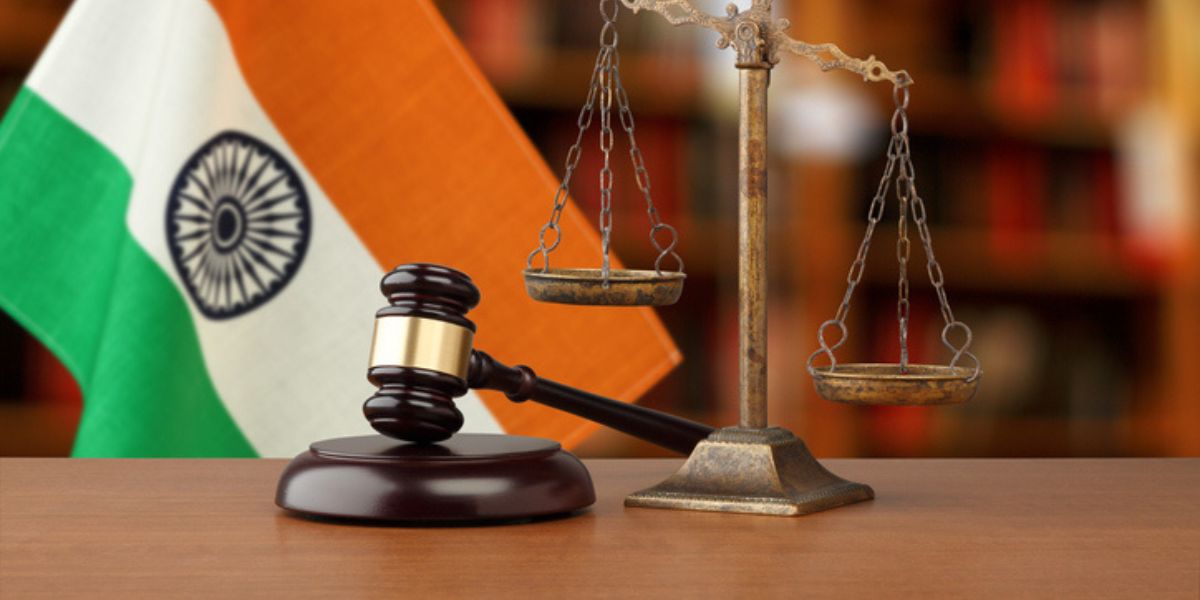The states in South and West India are making fast progress in recruiting more women to the lower judicial services, but more women judges in the higher courts is what really matters

For women, glass is tougher to crack in the higher judiciary. (iStock)
There was much ado when the Supreme Court, on 19 January, designated a whopping 56 advocates as senior advocates. The number of women among them was deemed equally whopping — 11, or almost 20 percent.
That was perhaps the first time such a large group of women was selected in the judicial arena of India. Five years earlier, a batch of 37 advocates, six of whom were women, were made senior advocates.
For the record, of the 11 women advocates, only four were from South India. And of the six, only two.
The “old boys club”, however, continues to thrive.
Bar and Bench recently collected data on the number of women conferred the designation of senior advocates in the country. The data was gathered through “various official sources, including Registrars General of some high courts, sitting high court judges, websites of the Supreme Court and the high courts, and bar directories”.
The data revealed: “India has 3,149 Senior Advocates across the Supreme Court and all the high courts. Out of this, a mere 3.4 percent, or 106, are women.”
Till March 2023, the Supreme Court conferred the Senior designation to over 488 advocates, of which only 19 are women. In what is a sign of “progress”, the legal news website says that “while a mere four women were designated from the inception of the apex court in 1950 till 2013, 15 women have been conferred the gown in the last nine years”.
The situation in the high courts is not much different, according to the available records.
The role of female legal officers in the Indian judiciary is indeed minimal. Call it a patriarchal mindset — that is actually what it is — or something else, but the change is snail-paced.
Even Chief Justice of India DY Chandrachud said last November that mindsets have to change, referring to the negligible presence of women in the higher judiciary.
A month earlier, he hoped that half of the country’s judges in the Supreme Court and high courts could be women in the next 10-20 years.
The mindset is changing in the South and the West. Of 75 new judicial officers recruited in Maharashtra last year, 42 were women.
Tamil Nadu has an exemplary record in this area. Information released by the Madras High Court till 2021 shows that among 20,118 employees working in all 32 judicial districts in Tamil Nadu, 9,707 are women. In percentage terms, that comes to 48.26, much more than the seats Parliament reserved for women.
In January 2022, Telangana High Court’s then Chief Justice Satish Chandra Sharma said the state has set a new benchmark with women judges accounting for more than 30 percent in the high court and 52 percent in the district courts. In the district judiciary, out of 434 judges, 221 were women at that time.
However, the percentages slacken when we refer to the presence of women judges in the country’s higher judiciary. Take the high courts, for instance.
“State of the Judiciary”, a report released in November 2023 by the Centre for Research and Planning of the Supreme Court, reported that of the sanctioned strength of 1,114 in the 25 high courts, the working strength of judges was 767. Of them, 103 were women – 13.4 percent.
The percentage of nosedives in the Supreme Court. Under CJI Chandrachud, of the 33 justices, only three are women. That’s nine percent. They are Justices Bela M Trivedi, BV Nagarathna, and Hima Kohli.
The country will have to wait for three more years before a woman justice possibly assumes the mantle of Chief Justice of India. The person in question is Justice BV Nagarathna, who is in line to become the CJI.
Considering the people’s “mindset”, women have come at least this far since 1862 when the first high court was established in Calcutta (now Kolkata), the Madras and Bombay High Courts following days later.
It took 75 years before Anna Chandy from Kerala became the first female judge in any court (in 1937) and then a judge in the high court (in 1959).
And in 1991, Leila Seth became the first female chief justice of a high court — the Himachal Pradesh High Court.
That event was preceded, in 1989, by the elevation of Judge Fathima Beevi of the Kerala High Court as the first woman justice of the Supreme Court — another landmark.
Since then, there have only been 10 other women justices in the apex court, including the three at present.
As the number of women entering the judicial services improves slowly but steadily, the wait is for the female Chief Justice of India and the first female CJI from South India.
Justice BV Nagarathna is currently said to fit the bill. Incidentally, her father, Justice ES Venkataramiah, was the first Chief Justice of India from Karnataka.

Jun 04, 2024

Jun 03, 2024

May 30, 2024

Dec 30, 2023

Feb 14, 2023

Aug 22, 2022